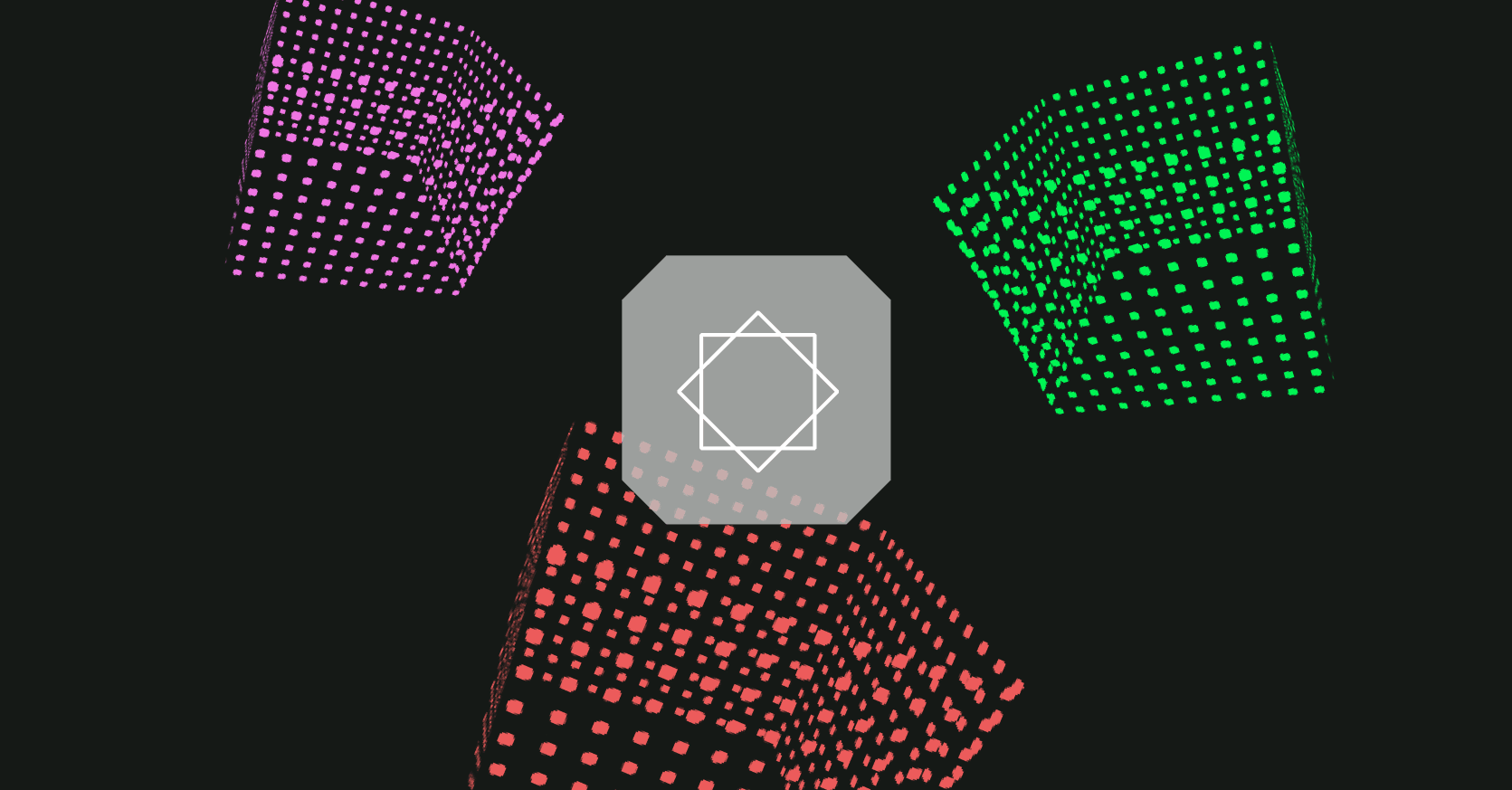At a glance
Decentralized Autonomous Organizations (DAOs) became a dominant governing primitive in web3 over the last three years. Having witnessed them surviving and evolving throughout the last cycle, it’s interesting to examine whether they lived up to hype or became another “wrong turn” in the seemingly endless cycle of crypto rediscovering ways to organize and incentivize things. By virtue of us being both active users and long-term investors in web3 space, Wintermute found itself continuously engaging with various governance models.
The current lack of clear ‘best practices’ amongst DAOs and their governance systems has led protocols down a range of paths from horizontal adoption – replicating popular existing protocols, to improvisation – believing their community knows best. As a result, crypto has ended up with multiple pseudo-governance protocols like Uniswap which illuminate the facade of a democratic process yet exhibit voter apathy due to asymmetrical power amongst token holders. These protocols are ultimately governed the same way a start-up would work, with complexity increasing as the number of employees grows, and it is not particularly interesting to dive into these in much detail. On the other extreme, some protocols have taken and applied the meaning of ‘ownership economy’ to literally all decision making, introducing an anarchist/free-for-all governance system that controls every inch of functionality/operation. While each governance system has its own perks, the common intrinsic trade-off between speed and decentralization remains systemic, creating an ecosystem of operationally inefficient and/or intransparent protocols.


